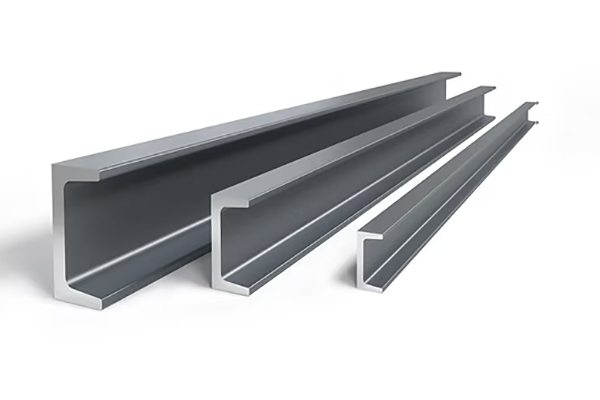When working with structural steel, you may come across the term PFC. But what exactly does PFC mean, and why is it important in construction and engineering?
PFC stands for Parallel Flange Channel, a type of steel section commonly used in structural applications. These channels have two parallel flanges connected by a vertical web, providing high strength, durability, and versatility. PFC steel is widely used in building frames, bridges, support beams, and industrial structures.
In this article, we’ll explore what PFC steel is, its properties, applications, and benefits in modern construction.
1. What Is PFC Steel?
A Parallel Flange Channel (PFC) is a steel section with a U-shaped profile. It consists of:
✅ Two parallel flanges – The flat, horizontal parts of the channel that provide strength and stability.
✅ A central web – The vertical section that connects the flanges and helps distribute weight and force.
Unlike tapered flange channels, which have angled flanges, PFCs have flat, parallel flanges, making them easier to connect and weld in structural frameworks.
PFCs are manufactured in various sizes, thicknesses, and steel grades to suit different engineering and construction needs.

2. Common Applications of PFC Steel
PFC steel is used in a wide range of structural applications due to its high load-bearing capacity and ease of installation. Some of the most common uses include:
A. Building and Construction
-
Structural frameworks for buildings and bridges.
-
Load-bearing beams for floors and ceilings.
-
Wall supports and columns in commercial and industrial structures.
B. Civil Engineering and Infrastructure
-
Bridge girders and supports for transportation projects.
-
Retaining walls and foundation supports.
-
Piers and tunnels requiring strong, corrosion-resistant steel.
C. Mechanical and Industrial Applications
-
Machinery frames and heavy-duty equipment.
-
Support systems for conveyors and processing plants.
-
Shipbuilding and marine structures.
PFC steel’s versatility makes it a preferred choice in projects requiring high strength, durability, and precision engineering.
3. Advantages of Using PFC Steel
✅ High Strength and Durability
PFCs are made from structural-grade steel, providing excellent strength-to-weight ratio. This allows them to support heavy loads without excessive weight, making them ideal for large-scale construction.
✅ Easy to Work With
Because of their parallel flanges, PFC steel sections are easier to cut, weld, and bolt compared to tapered flange channels. This simplifies construction and reduces labor costs.
✅ Cost-Effective
PFC steel is a cost-efficient structural solution due to its availability, ease of fabrication, and long service life. It offers great value for projects requiring strong and lightweight materials.
✅ Versatile and Multi-Purpose
From buildings and bridges to industrial machinery, PFC steel adapts to various applications. Its ability to be combined with other steel sections enhances structural integrity and design flexibility.
✅ Corrosion Resistance
Many PFC steel sections are galvanized or coated to protect against rust and corrosion, making them suitable for outdoor and marine environments.
4. How to Choose the Right PFC Steel?
Selecting the right PFC steel depends on several factors:
🔹 Size and Dimensions – PFCs come in different depths, widths, and thicknesses to match specific load requirements.
🔹 Steel Grade – Choose the right steel grade (S235, S275, S355, etc.) based on strength and environmental conditions.
🔹 Load-Bearing Requirements – Consider the weight and forces the structure will endure.
🔹 Coating and Protection – Use galvanized or painted PFCs for corrosion-prone environments.
For engineering projects, it’s best to consult a structural engineer to ensure the correct PFC steel is used for maximum safety and efficiency.
Conclusion
PFC in steel stands for Parallel Flange Channel, a strong, durable, and versatile structural steel section. Its U-shaped design with parallel flanges makes it ideal for construction, civil engineering, and industrial applications.
With advantages like high strength, ease of fabrication, cost-effectiveness, and corrosion resistance, PFC steel is an essential component in modern structural engineering. Choosing the right PFC steel ensures safe, efficient, and long-lasting structural integrity in any project.
Post time: Mar-22-2025





